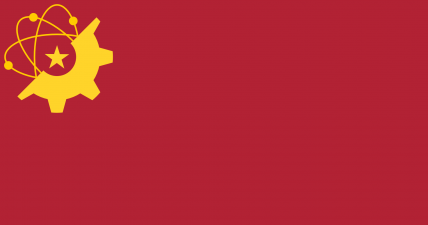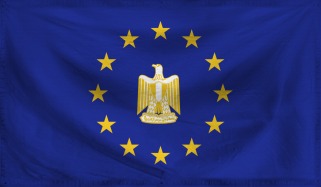Deblar wrote:Strala wrote:So how business-friendly is Cuba? Is it a tax heaven? Can I reach the markets of Latin and South America?Can I reach the American or Canadian market?
1) Cuba is a rather business-friendly place, though there are some regulations regarding environmental protection, working conditions, and wages, but corporate taxes are rather low at 15%
2) Somewhat, it is rather common for, say, Americans to hold a bank account in Cuba to avoid taxes. Cuban taxes are rather low.
3) Yes, plus the Caribbean market
That's good, though I don't know if any Korean company will set up shop there.








